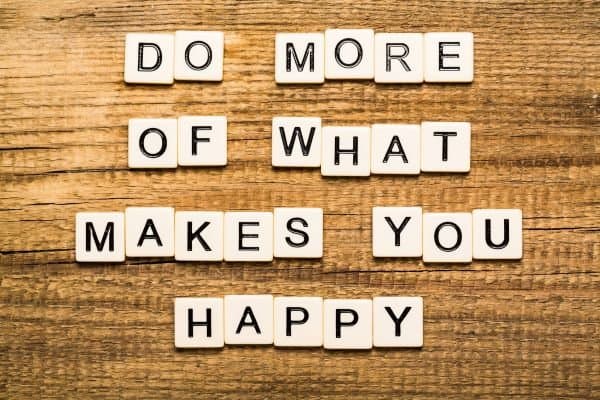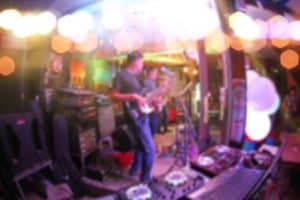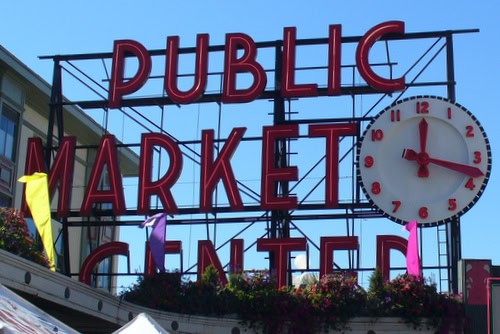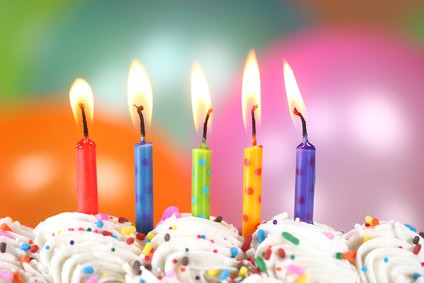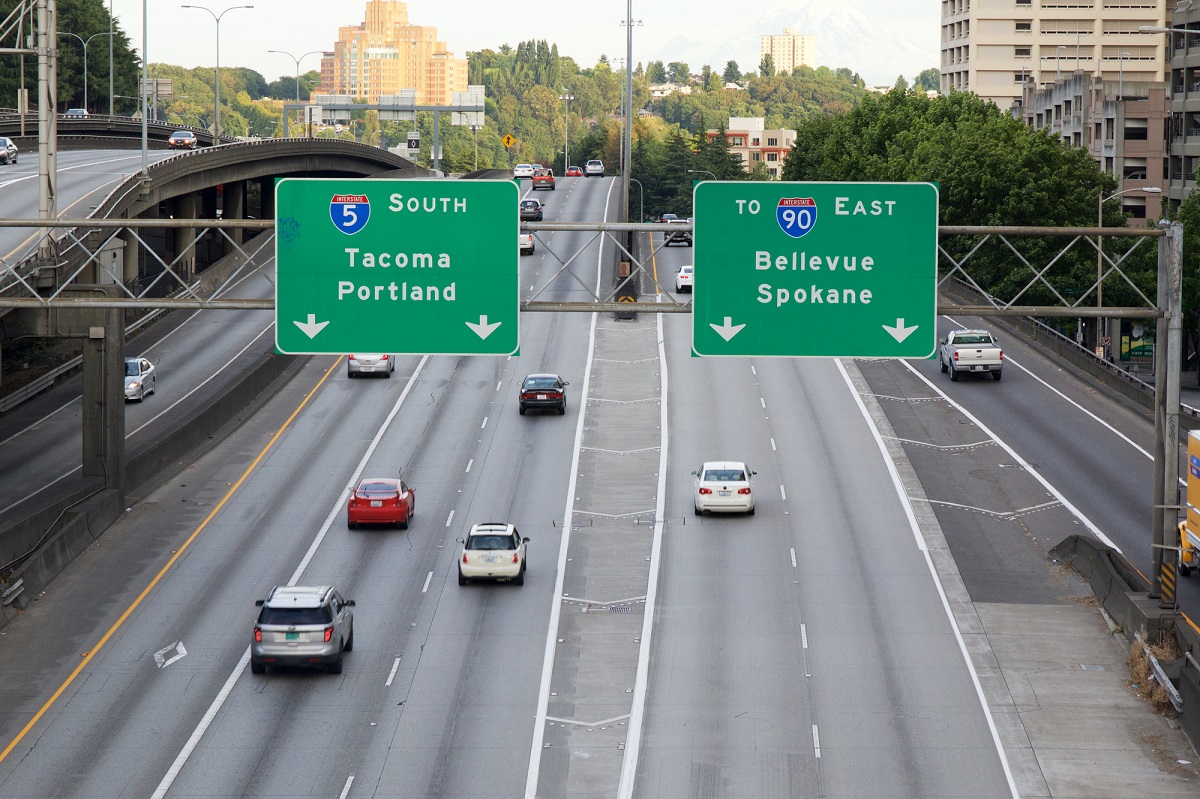Most Seattle rain is collected by gutters around your rooftop and flowing from your driveway and patio into the street. All of this runoff is diverted into the storm drain system that ultimately empties into the nearest body of water—namely Lake Washington or Puget Sound. Along the way, it collects oil, fertilizers, pesticides, and other pollutants.
What is a rain garden?
A rain garden is a shallow planting area designed to capture and filter some of the Pacific Northwest’s ubiquitous rainwater before it reaches sewer systems. Installing a rain garden helps improve water quality our region.
Besides protecting water quality, rain gardens are a water wise landscape feature that is easier and less costly to maintain than a grass lawn in Seattle area homes.
Where to locate a rain garden
A rain garden acts as a collection area for rainwater, allowing it to soak into the ground rather than divert immediately into the storm water system.
It is important to note that a rain garden does not form a pond. Because the goal of a rain garden is to encourage slow seepage of rain and runoff, ponding indicates the filtration is too slow.
Since the rain garden itself is level, it is easier to build if it is in an area of the yard with the least slope.
Best locations for rain gardens
As a general rule, a rain garden should be twice as long as it is wide and perpendicular to the slope of the yard. In addition, the rain garden should be located:
- at least 10 feet downslope from the house
- in a level area
- in full or partial sun
Other factors to consider for a rain garden
Besides location, in order to build a successful rain garden, you need to determine the soil type, estimate the drainage area, and decide how deep to make it. Most rain gardens are between 100 and 300 square feet, about 10 to 15 feet wide, with a depth between four and eight inches.
Rain gardens are a natural way to help prevent pollution of groundwater. Besides protecting water quality, rain gardens are a water wise feature in your Seattle landscape that is easier and less costly to maintain than a lawn.
How to construct a rain garden
You can save money on the installation of a rain garden by constructing the garden yourself. Here is a list of helpful guides.
- Watch this 32-minute video on how to build a rain garden: https://vimeo.com/21474307
- Read this free “how to” guide from the Washington State Department of Ecology (large file!): Rain Garden Handbook for Western Washington Homeowners (PDF)
- Free online course provides rain garden enthusiasts introductory material for rain garden construction: Rain Garden Training: Basics for rain garden construction (thinkific.com)
- Ideas and options for rain gardens from Pierce County Conservation District: Rain Gardens | Pierce Conservation District, WA (piercecd.org)
Be sure to use native plants, find lists of native plants at the Washington Native Plant Society (WNPS).
- To save money on plants for your rain garden, use transplants from overgrown areas in your landscape or cuttings from yours or neighbors’ yards (with permission, of course) along with wildflower seeds.
- To save money when buying plants, use smaller sizes (4 inch or 1 gallon stock) and look for discounts on the purchase of plants in bulk or sales on bareroot stock.
Once the plants are well established, weeding and watering should be minimal, saving time and money on maintenance.
City of Seattle RainWise Rebate Program
The City of Seattle is helping residents reduce stormwater runoff through its RainWise Rebate Program. If you qualify, the City of Seattle will pay up to 100% of the cost of installing rain gardens and cisterns, based on how many square feet of roof runoff is controlled. More info: RainWise – 700MillionGallons and Events – 700MillionGallons
But wait, there’s more!
- You might like our list of home gardening resources and plant sales.
- And, our big list of public gardens and garden tours.
- Here’s a list of 101+ always free things to do for fun.
- Find free and cheap things to do every day on the Greater Seattle on the Cheap event calendar.
- Visit the Greater Seattle on the Cheap home page and choose from a menu of free and cheap activities in the Puget Sound region.
Event calendar of free and affordable things to do
Listed below are all types of free and affordable things to do in the next 30 days.
Featured Events are listed first each day, highlighted by a photo. These are unique, popular, or annual events that we or our advertisers don’t want you to overlook.
Find more events and ideas for affordable living at Greater Seattle on the Cheap – Free things to do, cheap fun, discounts and deals in the Seattle-Tacoma metro area

